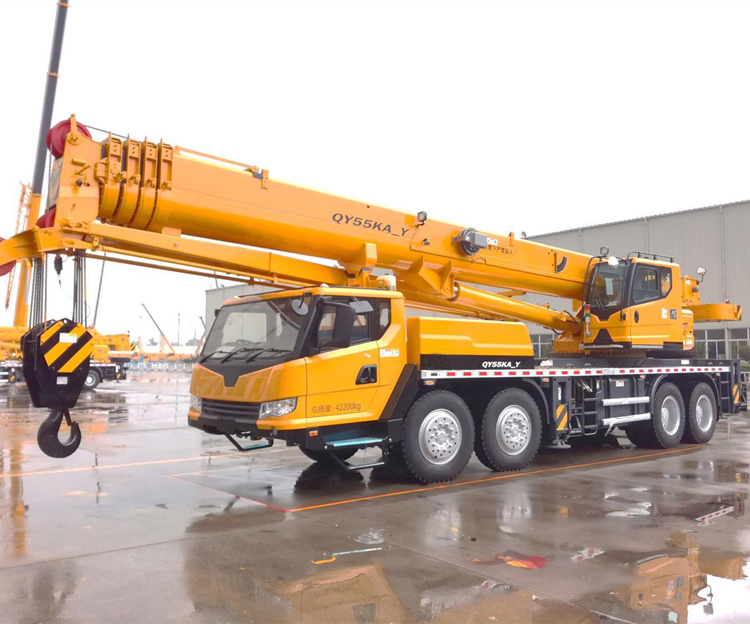The previous article introduced you to the 10 essential common sense for crane operations. Today we will take a look at the next five:
6. The rope around the drum is not tight
During the hoisting and dismantling of large parts, the arrangement of the steel ropes wound around the drum of the crane or motorized winch is loose, causing the fast rope under heavy load to be pulled into the rope bundle, causing the fast rope to vibrate violently and easily become unstable. As a result, there is often a danger of continuing the operation and stopping the operation. An embarrassing situation that can’t be stopped.
7. The temporary lifting nose is not welded firmly
The temporary lifting nose welding strength is not enough. Insufficient welding strength refers to the fact that the surface of the welding base material is corroded and the rust spots are not completely removed before welding, resulting in a beautiful and plump appearance of the welded meat. However, the actual welding meat and the base material are not melted together at all, which occurs when the load increases or is impacted. fracture.
The force direction of the hanging nose is single. When a long cylindrical object is hoisted or lowered, as the angle of the object changes, the force direction of the lifting nose also changes. This situation is not considered enough in the design and welding of the lifting nose, resulting in a defective lifting nose. Sudden breakage (breakage) occurs during lifting operations. In this case, vertical plates need to be welded on both sides of the lifting nose in advance. The size and thickness of the vertical plates are best designed by technicians.
The lifting nose welding material does not match the base material and is welded by informal welders.
8. Improper selection of lifting tools or lifting points
There is a lack of theoretical calculations when setting up lifting tools or using pipes, structures, etc. as lifting points to lift objects. The lifting tools or pipes and structures estimated based on experience have insufficient bearing capacity or insufficient local bearing capacity. One place will become unstable, leading to the overall collapse.
9. Unreasonable selection of pulley ropes
When setting up the lifting tools, there was insufficient understanding of the change in force on the pulley and the rope that tied the pulley due to the change in the angle of the fast rope. The tonnage of the guide pulley was selected too small, and the rope that tied the pulley was selected too thin, which caused the rope to break after being overloaded. fly.
10. Unreasonable selection of load-free lifting rigging
There are many accidents that happen like this. The lifting work has been completed. When the hook is running with the empty rope, the sling in the free state catches the suspended object or other objects that have been unhooked. The operating driver or If the commander fails to respond in time, an accident will occur in an instant, and this type of accident will have very bad consequences for the operating personnel and the lifting equipment.
If you need to purchase truck cranes, truck-mounted cranes, tower cranes and other cranes, please contact us. You can also contact us if you only want to buy a second-hand crane. CCMIE gives you the most comprehensive purchasing experience.
Post time: Mar-21-2024

